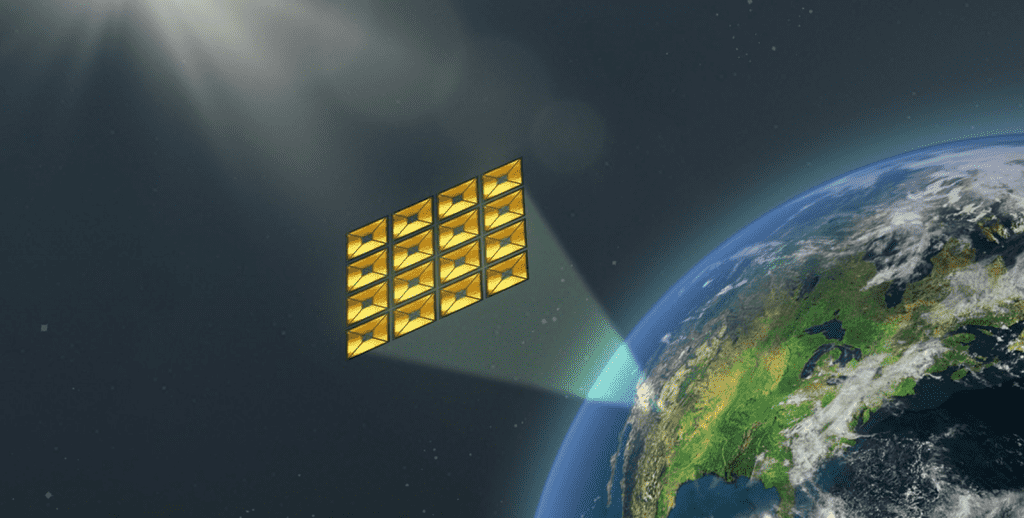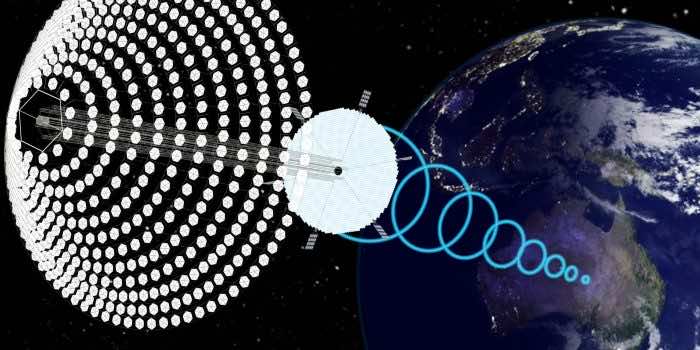Caltech has lately received a hundred-million-dollar donation to help it launch its first solar farm prototype to orbit, a New Atlas report reveals.
The researchers want to develop a technology to harvest solar power 24/7 from space. They are building ultralight structures that can gather and then shine energy down to Earth from orbit.
The major advantage of this mechanism would be that the sun would shine 24/7 onto a space-based solar farm in a locked geostationary orbit.
The energy potential in space is almost eight times better per square meter of the solar panel when compared with conditions on Earth.

Several organizations, including the European Space Agency, have recently launched programs to test the commercial viability of space-based solar power.
The team has been working on the Space Solar Power Project for almost ten years, having launched with a $100 million donation from Irvine Company Chairman Donald Bren back in 2013. It received a further $17.5 million in funding from Northrop Grumman back in 2015.
The Caltech project is run by three core teams. The first is working on incredibly lightweight, high-efficiency photovoltaic cells, with power-to-weight ratios roughly 50-100 times greater than solar panels used on the International Space Station.
A second team is developing low-cost, ultra-lightweight equipment that converts DC power into radio frequency power to beam it down to Earth. The third is creating methods for combining the equipment of the first two groups into massive modular space solar farms made up of thousands of tiles, measuring roughly 9 sq km (3.5 sq miles).
The Caltech team is working tirelessly to send a prototype of its space-based solar power farm to orbit in December this year.
Still, there are a few obstructions. Logistical issues are still springing up. This includes the complex choice regarding which orbit to choose for its project — a geosynchronous orbit would allow it to constantly point a single receiver at a ground station on Earth, while a lower orbit would make launches cheaper, but would require multiple Earth-bound receivers.


